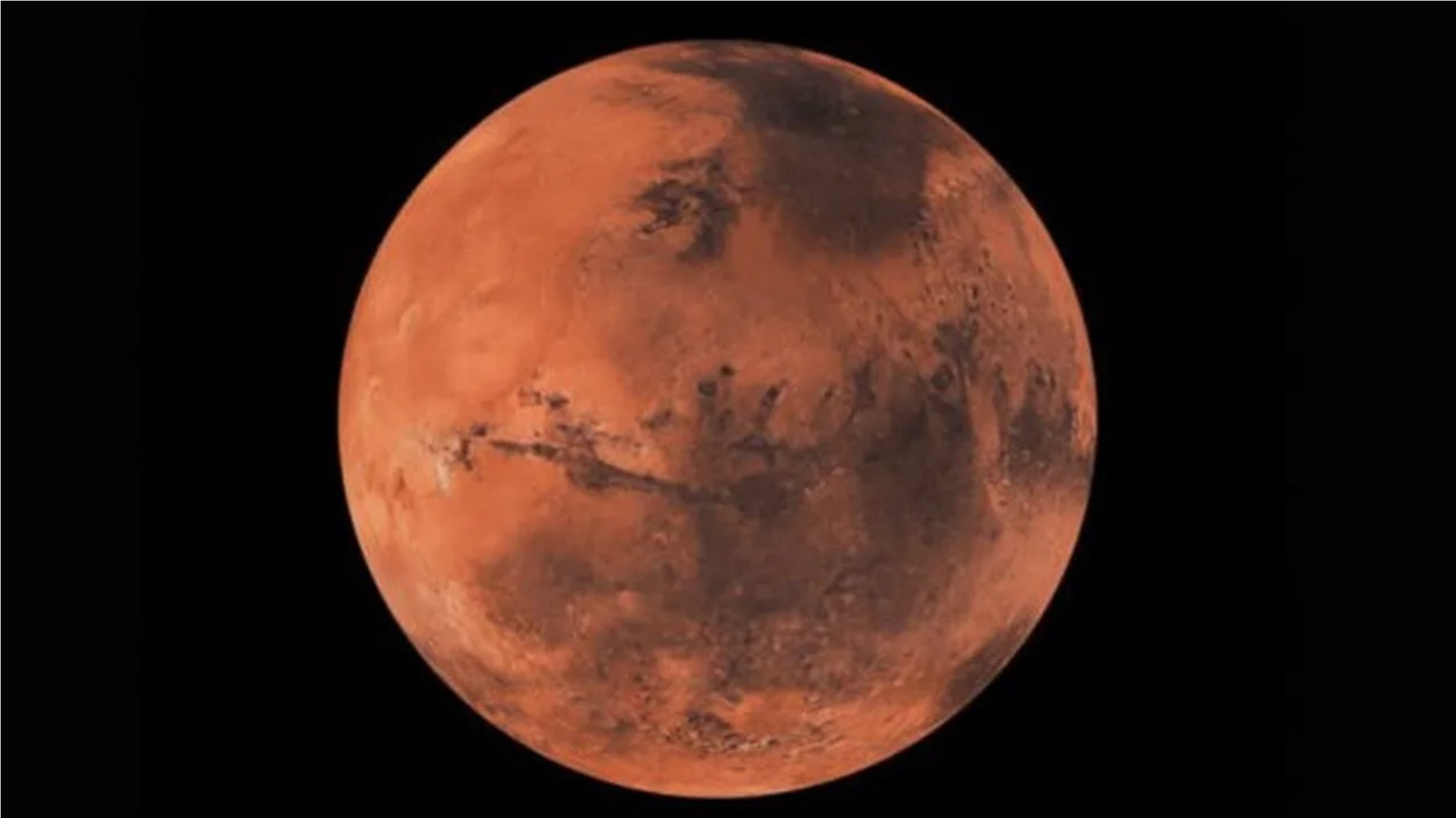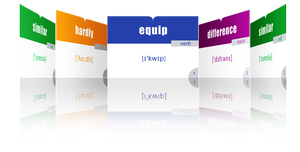SCIENCE-MARS
- Подробности
- 518
Mars is the fourth planet from the Sun, a cold desert with thin CO₂ air. One day is about 24.6 hours, and a year is about 687 days. It has huge volcanoes and canyons, two tiny moons (Phobos, Deimos), and signs of past liquid water.
MARS

Mars is the fourth planet from the Sun. It is called the Red Planet because of its rusty dust. Mars is about 1.524 AU from the Sun (~228 million km). One year on Mars is about 687 Earth days. Gravity at the surface is about 0.38 of Earth’s—roughly 2.6× weaker.
Mars is a small rocky world. Its radius is 3389.5 km (about half of Earth). A Mars day (a sol) is about 24 h 37 m. The planet is tilted by about 25°, so it has seasons like Earth.
The air on Mars is very thin—mostly CO₂—so the pressure is less than 1% of Earth’s. Temperatures can reach about +20 °C on warm days near the equator, but can fall to about −125 °C at the poles. Huge dust storms can cover the whole planet for weeks.
Mars has amazing landforms: Olympus Mons, the tallest volcano in the Solar System (~22 km high), and Valles Marineris, a canyon ~4000 km long and up to 7 km deep. The polar caps are water ice with seasonal CO₂ frost. Old river valleys and minerals show that liquid water once flowed; today there is ice underground and salty activity in some places.
Mars has two tiny moons: Phobos and Deimos. The crust has patchy magnetic spots, not a global field. Many scientists think early Mars could have been habitable and may even have hosted simple microbial life, though there is no proof yet. Its surface habitability likely faded about 3–4 billion years ago as the global magnetic field died, the atmosphere was stripped by the solar wind, and the climate cooled and dried.
LISTEN TO THE TEXT





 Как правильно изучать английский язык по карточкам (статьи)
Как правильно изучать английский язык по карточкам (статьи)